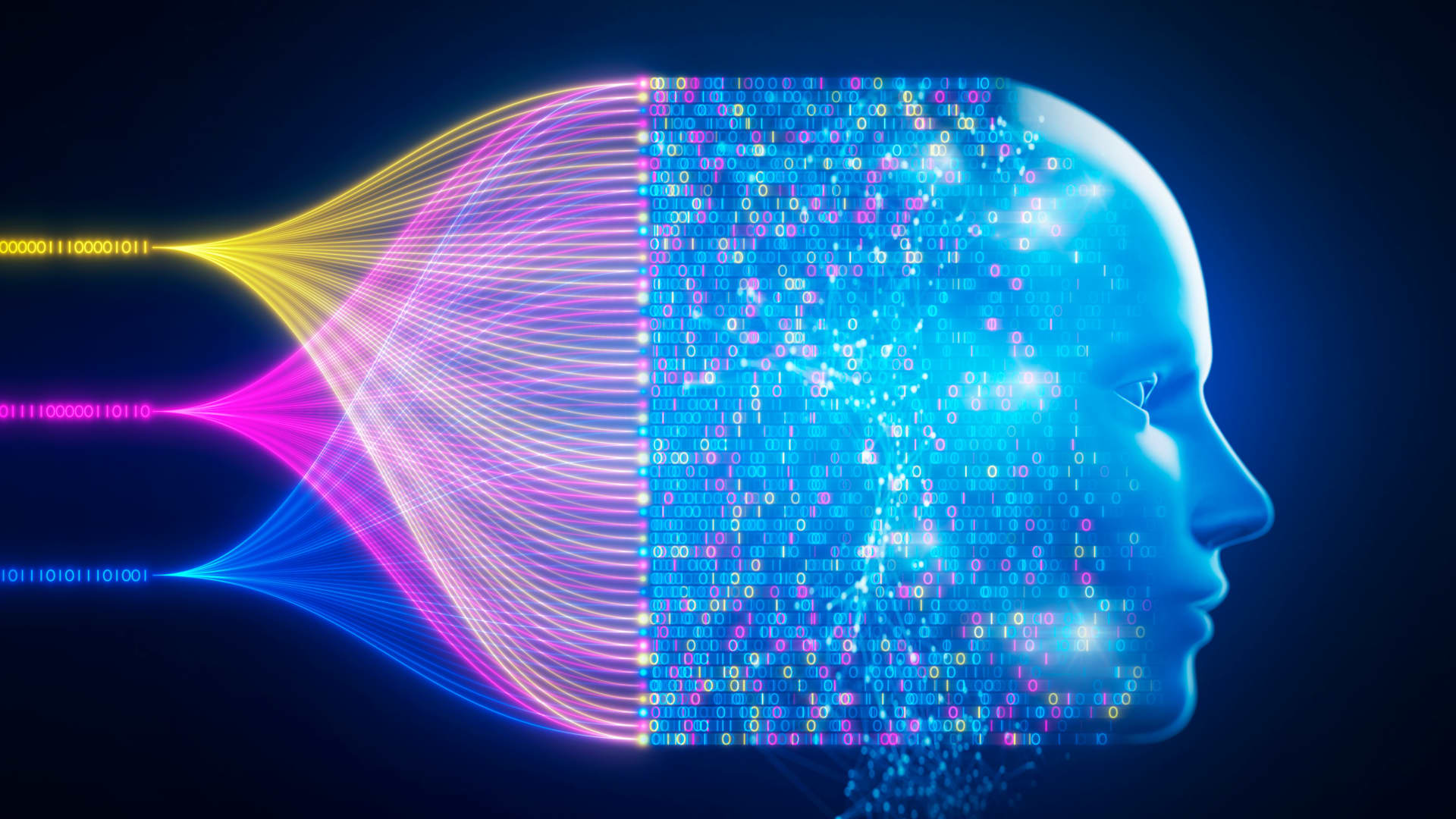Alright folks, let's dive straight into something that’s making waves—and not in a good way. AI undress technology has become a hot topic in the digital world, sparking debates about privacy, consent, and ethics. Imagine this: a piece of software that can digitally strip away clothing from photos with just a few clicks. Sounds creepy, right? Well, it is. And it’s also raising serious concerns about how far technology should go when it comes to personal boundaries.
Now, before we go any further, let’s clear one thing up. This isn’t some futuristic sci-fi concept—it’s real, and it’s here. The technology behind AI undress is advancing faster than most people realize, and it’s already being misused in ways that could have long-term consequences for all of us. From deepfake porn to non-consensual image manipulation, the implications are alarming.
But hold on, because there’s more to this story than just the scary part. In this article, we’ll break down what AI undress is, how it works, why it’s controversial, and what’s being done to stop its misuse. So buckle up, because we’re about to dive deep into a world where tech meets privacy—and things get messy.
- Kannada Movie Movierulz Your Ultimate Guide To Streaming And Downloading
- Hd Hub 4 U The Ultimate Guide To Your Streaming Needs
Table of Contents
- What is AI Undress?
- How Does AI Undress Work?
- The Controversy Surrounding AI Undress
- Ethical Issues and Concerns
- Legal Implications of AI Undress
- Real-World Impact of AI Undress
- Fighting Back Against AI Undress
- Are There Any Alternatives?
- Future Directions for AI Technology
- Conclusion: What Can You Do?
What is AI Undress?
First things first, what exactly is AI undress? Simply put, it’s a form of artificial intelligence that uses machine learning algorithms to remove clothing from images or videos. The software analyzes patterns in the original image, such as shadows, textures, and body shapes, and then generates a realistic depiction of what the person might look like without their clothes.
This isn’t just some random experiment by a bored programmer—it’s a serious development in the field of computer vision. AI undress technology relies heavily on neural networks trained on vast datasets of human bodies, clothing, and other visual elements. And while the concept might sound cool in theory, the reality is anything but.
- Vegamovies 4k Your Ultimate Destination For Highquality Streaming
- Filmywapcom Your Ultimate Destination For Latest Movies And Entertainment
Why Was AI Undress Created?
Believe it or not, AI undress wasn’t initially created to violate people’s privacy. Researchers and developers initially saw potential applications in areas like fashion design, virtual try-ons, and even medical imaging. For example, imagine being able to see how a new outfit would fit you without actually putting it on. Or think about doctors using similar technology to analyze skin conditions without physically examining patients.
However, as with many powerful technologies, the potential for misuse quickly became apparent. Once the tools fell into the wrong hands, they were weaponized against innocent individuals, often women, leading to widespread abuse and harassment.
How Does AI Undress Work?
Let’s break down the technical side of things. At its core, AI undress operates using a type of AI called Generative Adversarial Networks, or GANs for short. GANs consist of two neural networks: a generator and a discriminator. The generator creates fake images, while the discriminator tries to distinguish them from real ones. Over time, the generator gets better at producing convincing fakes, and that’s how you end up with digitally altered photos that look almost real.
Step-by-Step Process
- Data Collection: The AI is trained on massive datasets of human bodies and clothing.
- Pattern Recognition: It identifies key features in the image, like posture, lighting, and fabric folds.
- Image Generation: Using the learned patterns, the AI generates a new image where the clothing is removed.
- Refinement: The final output is polished to ensure it looks as realistic as possible.
It’s a fascinating process, but again, the ethical concerns outweigh the technical brilliance. Would you feel comfortable knowing someone could create a fake image of you without your permission? Exactly.
The Controversy Surrounding AI Undress
Alright, so now we know what AI undress is and how it works. But here’s the big question: why is it so controversial? The short answer is that it violates basic human rights. People have the right to control their own image and decide how they want to present themselves to the world. When someone uses AI undress to create fake images of you, they’re essentially stealing your identity and using it for their own twisted purposes.
And let’s not forget the psychological toll this can take on victims. Imagine waking up one day to find a fake image of yourself circulating online. Not only is it humiliating, but it can also lead to serious mental health issues, including anxiety, depression, and even PTSD.
Who’s Most Affected?
Unfortunately, women are disproportionately affected by AI undress. According to a study by the Cyber Civil Rights Initiative, over 90% of deepfake porn involves female victims. Celebrities, influencers, and ordinary people alike have all fallen victim to this disturbing trend. It’s a reminder that no one is safe from the reach of technology when it’s used maliciously.
Ethical Issues and Concerns
When it comes to AI undress, the ethical issues are too numerous to count. First and foremost, there’s the question of consent. Do people have the right to consent to how their images are used? Absolutely. Yet AI undress completely disregards that right, allowing anyone with access to the technology to create fake images without the subject’s knowledge or approval.
Then there’s the issue of trust. In a world where anyone can manipulate images and videos, how can we ever trust what we see online? It’s a slippery slope that could lead to widespread misinformation and erode public confidence in digital media.
What About Freedom of Expression?
Some people argue that AI undress falls under the umbrella of free speech. After all, isn’t art a form of expression? While that may be true in some cases, the line between artistic expression and malicious intent is pretty clear. Creating fake images of someone without their consent is not art—it’s harassment.
Legal Implications of AI Undress
So, what’s being done to stop the misuse of AI undress? Governments and organizations around the world are starting to take notice, and laws are being drafted to address the problem. In the United States, for example, several states have passed legislation criminalizing the creation and distribution of non-consensual intimate images.
But here’s the catch: enforcing these laws is easier said than done. The internet is vast, and tracking down offenders can be a daunting task. Plus, many of the platforms hosting these images are based in countries with lax regulations, making it even harder to hold them accountable.
International Cooperation
That’s why international cooperation is key. Governments need to work together to establish global standards for regulating AI technology. This includes implementing stricter rules for data collection, ensuring transparency in AI development, and holding tech companies accountable for how their products are used.
Real-World Impact of AI Undress
Enough with the theory—let’s talk about the real-world impact of AI undress. We’ve already touched on the psychological effects, but there’s more to it than that. For starters, there’s the economic impact. Victims of AI undress often suffer financial losses due to reputational damage, loss of work opportunities, and even legal fees.
There’s also the social impact. When fake images go viral, they can damage relationships, ruin careers, and even lead to physical violence. It’s a vicious cycle that affects not only the victims but also their families, friends, and communities.
Case Studies
Take the case of a young woman named Sarah, whose image was used in a deepfake video without her consent. The video spread quickly on social media, leading to widespread ridicule and harassment. Sarah had to leave her job, move to a new city, and undergo therapy to cope with the trauma. Her story is just one of many, highlighting the devastating consequences of AI undress.
Fighting Back Against AI Undress
So, what can we do to combat the rise of AI undress? The good news is that there are steps we can take to protect ourselves and others from its harmful effects. First and foremost, education is key. The more people understand about AI technology and its potential dangers, the better equipped they’ll be to recognize and respond to threats.
Secondly, we need to advocate for stronger laws and policies. Contact your local representatives, sign petitions, and support organizations working to combat digital abuse. Together, we can create a safer online environment for everyone.
Tools and Resources
- Image Verification Tools: Use software like InVID or Amnesty Decoders to verify the authenticity of images.
- Privacy Settings: Adjust your social media privacy settings to limit who can see your photos.
- Report Abuse: If you encounter fake images of yourself or others, report them to the platform immediately.
Are There Any Alternatives?
Finally, let’s talk about alternatives. While AI undress itself is problematic, there are other forms of AI technology that can be used for good. For example, AI-powered tools can help detect and remove harmful content from the internet, providing a layer of protection for users.
There’s also the potential for AI to enhance privacy rather than violate it. Imagine a world where AI could automatically blur out sensitive information in photos, ensuring that only the intended audience sees it. That’s the kind of innovation we should be striving for.
Future Directions for AI Technology
Looking ahead, the future of AI technology depends on the choices we make today. Will we continue down the path of unchecked innovation, or will we prioritize ethics and responsibility? The answer lies in the hands of developers, policymakers, and everyday users like you and me.
One thing’s for sure: the conversation around AI undress is just the beginning. As technology continues to evolve, we’ll face new challenges and opportunities. It’s up to us to ensure that progress benefits everyone—not just a select few.
Conclusion: What Can You Do?
Alright, we’ve covered a lot of ground here, and I hope you’ve learned something valuable along the way. To sum it up, AI undress is a powerful but dangerous technology that raises serious questions about privacy, consent, and ethics. While the potential applications are intriguing, the risks far outweigh the rewards.
So, what can you do? Start by educating yourself and others about the dangers of AI undress. Support legislation aimed at protecting digital rights. And most importantly, be mindful of how you use technology in your own life. Together, we can create a safer, more responsible digital world for everyone.
And hey, don’t forget to share this article with your friends and family. The more people who know about this issue, the better equipped we’ll be to tackle it. Thanks for reading, and stay safe out there!
- Filmyfly South Movies Hindi Dubbed Your Ultimate Guide To Bingewatching
- Ullu Prime The Ultimate Streaming Experience You Cant Miss Out On


